)
Energy efficiency classes of bulbs
What environmentally conscious buyers should bear in mindIf you shop consciously, you should pay attention to the energy efficiency class of bulbs to reduce electricity costs and protect the environment. Since the 1. A new energy label for electrical appliances will apply throughout the EU from March 2021. For bulbs, it was introduced from 1. September 2021 introduced binding. For consumers, the new label brings more transparency, as it replaces the previous confusing plus classes (such as A+++) with a clearer scale from A to G - an important step towards better assessment of the energy efficiency class of a lamp. In our overview, we clarify the most frequently asked questions and show which changes the new system brings - and which aspects have remained the same.
The most important facts in brief
- LEDs** are particularly energy-efficient and environmentally friendly, as they are up to 90 % more economical than traditional light bulbs, including incandescent bulbs, compact fluorescent bulbs and fluorescent bulbs.
- Since March 2023, the new EU energy label has been mandatory for lamps and many electrical appliances.
- A high energy efficiency class for lamps means: low power consumption with high brightness.
- The new scale of energy efficiency classes for bulbs ranges from A (best efficiency) to G (lowest efficiency).
- The label of the energy efficiency class for lamps and lights can be found on the packaging, in the technical data sheet and, of course, in our online shop.
- Those who pay attention to a good efficiency class benefit from a longer service life and a lower ecological footprint.
The basis of the evaluation is the energy consumption in relation to the amount of light produced (called luminous efficiency).
Why is there a new energy label on bulbs?
Electrical appliances, lights and bulbs have become increasingly energy-efficient in the recent past. As a result, all appliances were considered efficient. This resulted in the energy efficiency classes A+, A++ or A+++, which hardly differ from each other. The new energy label from 2021 serves to make the differences more transparent for consumers again. All devices are re-evaluated for this purpose.
What is the difference to the old energy label?
Since March 2023, the new EU energy label has been mandatory for lamps and lights as well as numerous electrical appliances. The efficiency is shown on a scale from A (particularly energy-saving products) to G (higher energy consumption). The plus classes of the old energy label, i.e. A+, A++ and A+++, will no longer exist with the new label from 2021.
In addition, there is now a QR code that retrieves further energy efficiency information from the online database EPREL. Registration is binding for manufacturers.
The most important basic rule: The better the class (the higher on the energy efficiency class scale), the lower the power consumption.
:format(jpeg))
The old efficiency label
- Old energy efficiency class
- Kilowatt hours per 1,000 hours of use
:format(jpeg))
The new efficiency label
- Recalculated energy efficiency class
- Kilowatt hours per 1,000 hours of use
- QR code for retrieving efficiency data from the EPREL database
LED energy efficiency class:
Why efficient bulbs perform worse today, but are still economicalThe energy efficiency class A was initially left blank when switching to the new 2021 energy label in order to label even more energy-efficient appliances in the future. This is why even the most efficient lamps and lights have been given energy efficiency classes B and C. However, these are still energy-efficient. The new efficiency label has been designed to be more stringent in terms of test procedures and with a view to the future. By today's standards, the efficient products according to the old energy label are just as efficient after the changeover.
However, there are now already LED bulbs that achieve energy efficiency class A. With a luminous efficiency of around 200 lm/W, these are around twice as efficient as a good "normal" LED bulb.
For comparison
:format(jpeg))
This LED bulb has been awarded energy efficiency class E following the changeover to the new energy label. However, with a consumption of only 4 watts and a brightness of 470 lumens, it is 90% more energy and cost efficient than a traditional light bulb (comparison: an old 40-watt bulb).
:format(jpeg))
This LED bulb meets the requirements for the new energy efficiency class A for bulbs. It also has a consumption of 4 watts, but this lamp produces almost twice as much brightness: 806 lumens. This makes it twice as powerful as the normal LED with EEC E.
How are the energy efficiency classes for lamps calculated?
The energy efficiency class of a lamp is determined by the ratio of light output (measured in lumens) to energy consumption (in watts). The more light a lamp produces with low power consumption, the more efficient it is. In addition to this central value, the classification also takes into account other factors such as the lifespan of the lamp, as long-life products need to be replaced less frequently and therefore conserve resources. The color rendering index (CRI) also plays a role, as realistic color representation combined with high energy efficiency is particularly important for living room and task lighting. Modern evaluation methods also include aspects such as switching resilience, start-up time and dimmability. All these criteria are incorporated into a comprehensive assessment to give buyers a reliable guide to the actual energy efficiency class of bulbs.
- Low energy costs
- Longer service life
- Less heat development
- Environmentally friendly use
Energy efficiency classes of light sources
The higher the luminous efficiency, the more efficient a lamp is. This means that less electricity is consumed, but the light source remains the same. This effectively helps to save energy.
| Energy efficiency class | Total luminous efficiency ηTM (lm/W) |
|---|---|
| A | 210 ≤ ηTM |
| B | 185 ≤ ηTM< 210 |
| C | 160 ≤ ηTM< 185 |
| D | 135 ≤ ηTM< 160 |
| E | 110 ≤ ηTM< 135 |
| F | 210 ≤ ηTM |
| G | ≤ ηTM< 85 |
Here you will find the energy efficiency class gelabeled. You can buy economical bulbs here.

















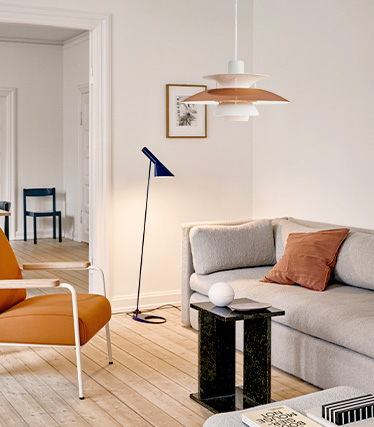

























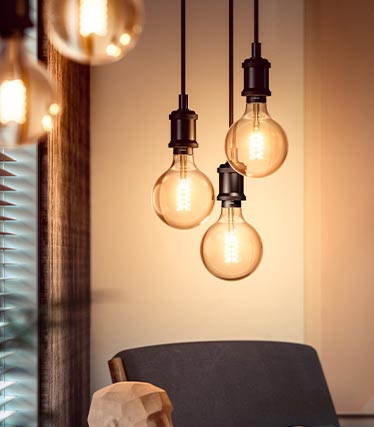














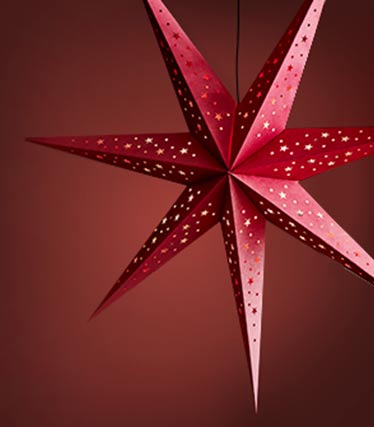

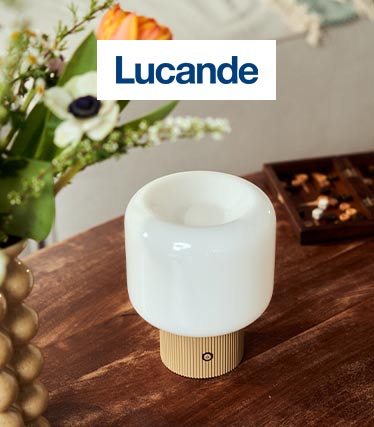



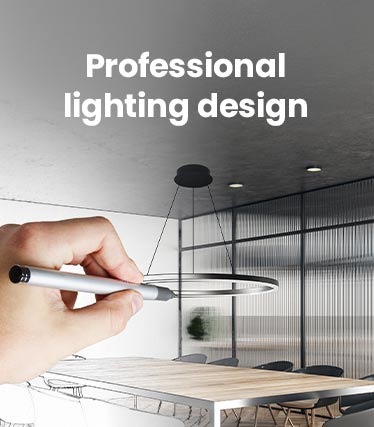





:format(jpeg))
:format(jpeg))
:format(jpeg))
:format(jpeg))
:format(jpeg))
:format(jpeg))